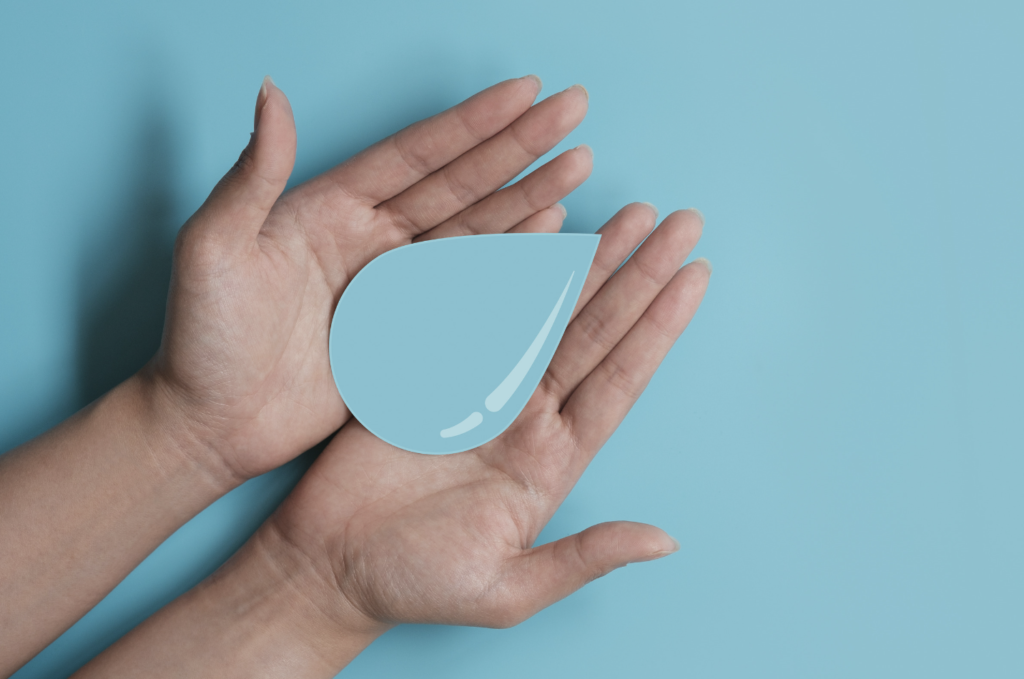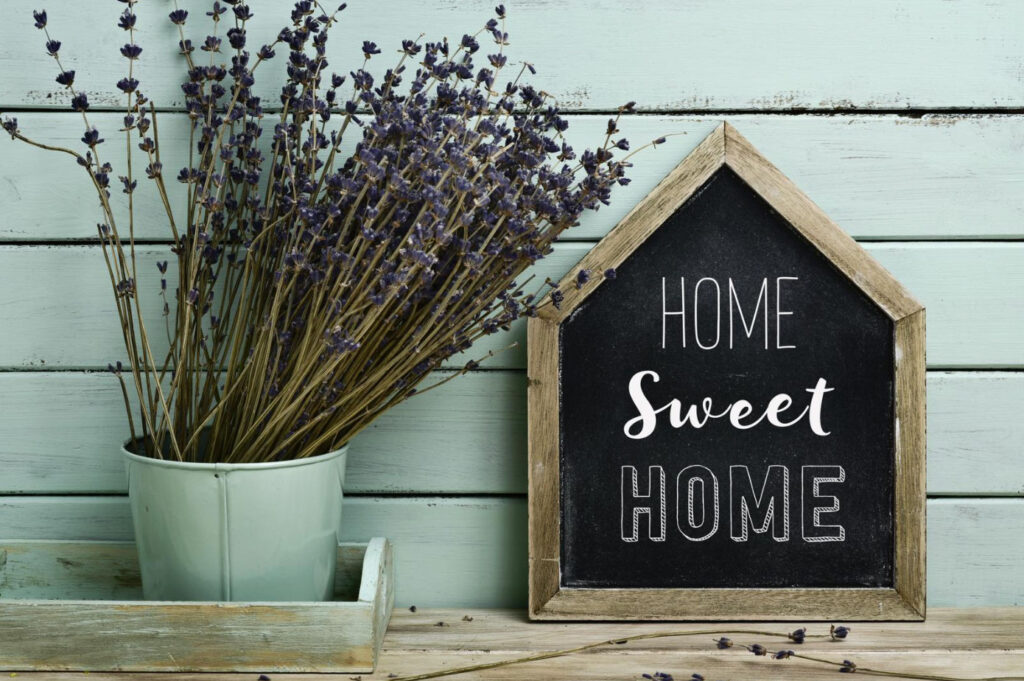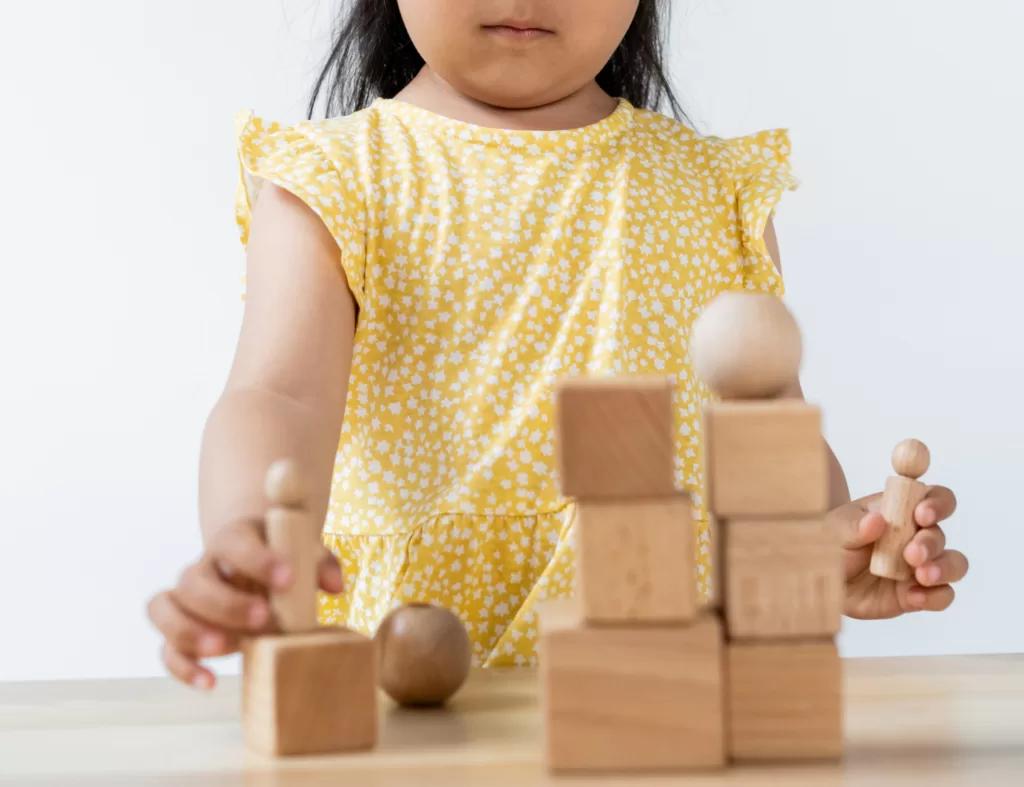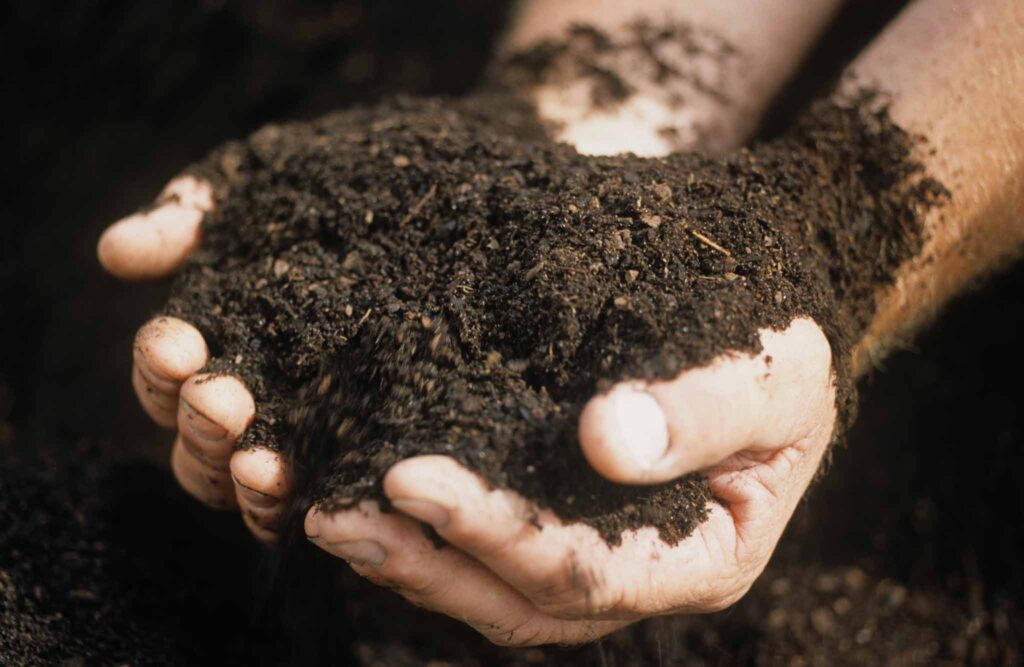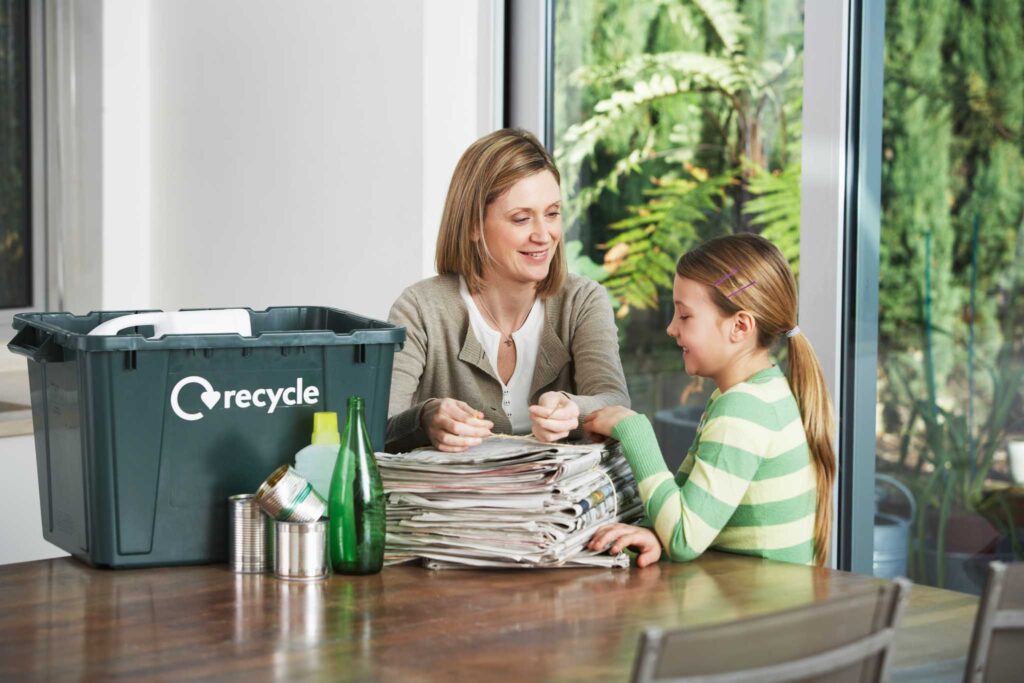Reducing Water Use At Home
Estimated reading time: 11 minutes
I had difficulty deciding how to introduce this topic, as water conservation is the area of sustainability for which I am most passionate. Maybe I’ll just say this. Reducing water use at home is easier than you think, and your small changes will make a big difference.
According to the EPA, the average household in America uses approximately 300 gallons of water a day (1,136 litres). To put that into perspective, the standard bathtub holds 42 gallons of water. That’s over seven bathtubs full—every single day. In case you didn’t know, only about 0.3% of the Earth’s water is freshwater available for our use. It’s time we start rationing.
Sign up for our newsletter here and we’ll send you a free copy of our “Ultimate guide: Understanding Sustainability!”
Use this guide to save more water indoors and in your garden and yard. Each area of the house contains three sections – easy-to-implement tips that require zero to no effort, some more challenging strategies, and the more labour-intensive or expensive options. Only true water-saving warriors will pursue all three. Which type of water saver are you?
Save Water in the Kitchen
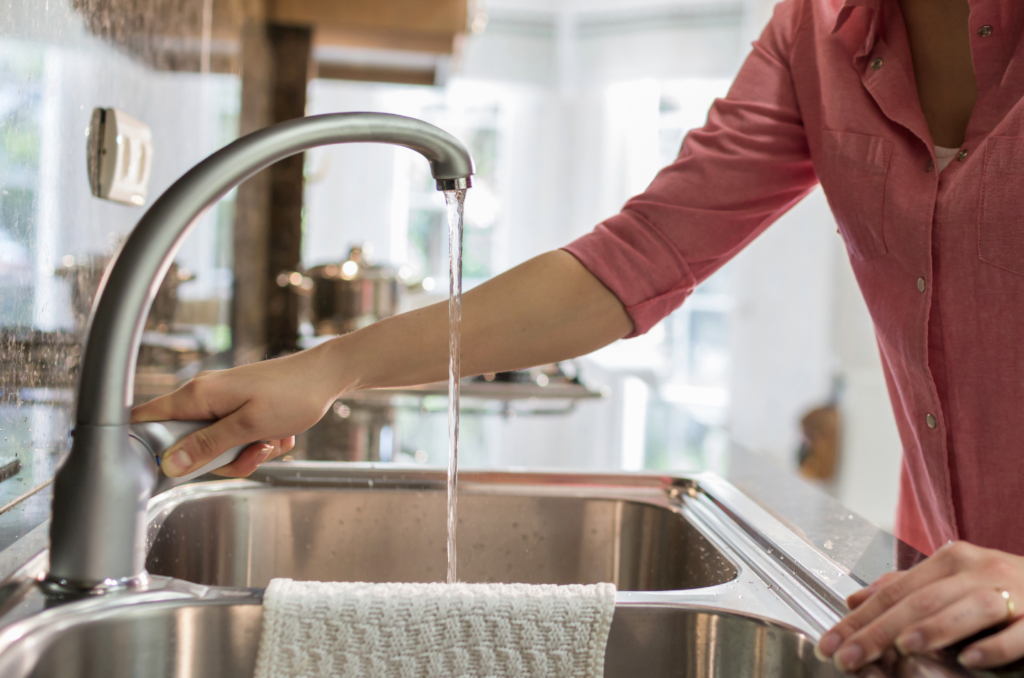
The kitchen is sometimes considered the heart of the home. The amount of wasted water washed down the kitchen sink and run through the dishwasher can be reduced. Let me tell you how.
Easy Ways to Save Water
Here are some straightforward strategies to reduce the amount of water wasted in the kitchen that won’t change your lifestyle.
- Turn off the tap water at the sink when not in use.
- Only run the dishwasher when full.
- Please do your best not to waste food and change your shopping habits to include less processed food (all food requires water to produce, the more processed it is, the more water is needed.)
- Don’t have one of those handy water dispensers on your fridge? Keep a pitcher of tap water in the refrigerator rather than waiting for the water to cool as the tap runs.
- Give your extra dirty fry pans and casserole dishes a deep soak with a small amount of water to avoid running them through the dishwasher more than once (or to reduce the water needed to handwash).
*Pro-tip: if you don’t have an ice maker built into your fridge, routinely make cubes in your ice trays and keep a bowl full in the freezer. This will eliminate the need to purchase those plastic packaged bags of ice from the store!
The Ways of Water Warriors
These practices may seem tedious or too small to make a difference, but they will all mean less water wasted in the end! They may take a little extra effort, but they will ensure you never waste a single drop of water in the kitchen.
- Use a large bowl to catch the water from the faucet as you wait for it to heat up or cool down. You can reuse this for any purpose as it is clean, drinkable water.
- After boiling eggs, veggies, or pasta, use the leftover water to water plants or your garden! Do the same with water that you use to rinse fruit and vegetables.
- Use the same glass all day for drinking water. This will reduce the number of dishes that need washing. Heck, reuse any dishes that are still clean enough as you snack throughout the day!
- Skip washing garbage down the disposal and start a compost instead!
- Get rid of paper towels, napkins, throw-away plastic baggies, and plastic wrap, which all take copious amounts of water to produce. There are many great alternatives out there now.
*Pro-tip: keep and hand wash those plastic baggies you already own; they can totally be reused.
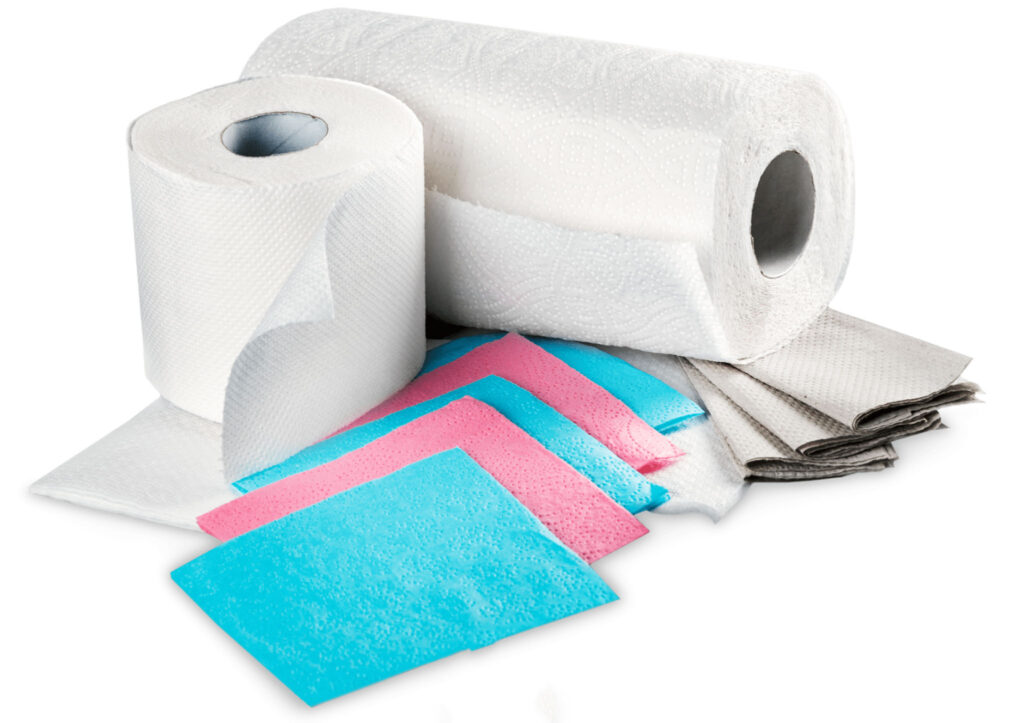
Replace or Retrofit
Keep in mind that you shouldn’t replace the appliance you already own if it’s still in working order. There are ways it can be retrofitted or used differently to decrease its water usage. Replacing or retrofitting appliances is one of the most effective ways to reduce water use at home.
- Install high-efficiency and water-saving appliances when the old ones stop working or are beyond repair.
- Choose low-flow faucets when it’s time to replace the old ones.
Use Less Water in the Bathroom
Up to 50% of our daily water use occurs in the washroom. Saving water in the bathroom is easier than you think!
Easy Ways to Save Water
- Don’t use your toilet as a trash can. When you flush tissues, a cigarette butt, or other household garbage, you are wasting water and putting strain on the wastewater system.
- Take showers, not baths. The typical bath holds 42 gallons of water versus 16 gallons for the average shower time of 8 minutes.
- Take shorter showers – I bet you can reduce your shower time to less than that 8 minutes! Use a shower timer or set the alarm on your phone. Make it a family competition to help teach kids about sustainability.
- Save water in the bathroom while shaving at the sink – rather than let the faucet run while you shave, fill the sink a little and use only this water.
- Never let the faucet run when brushing your teeth (or whenever it is not directly in use!)
- Make the switch to eco-friendly toilet paper.
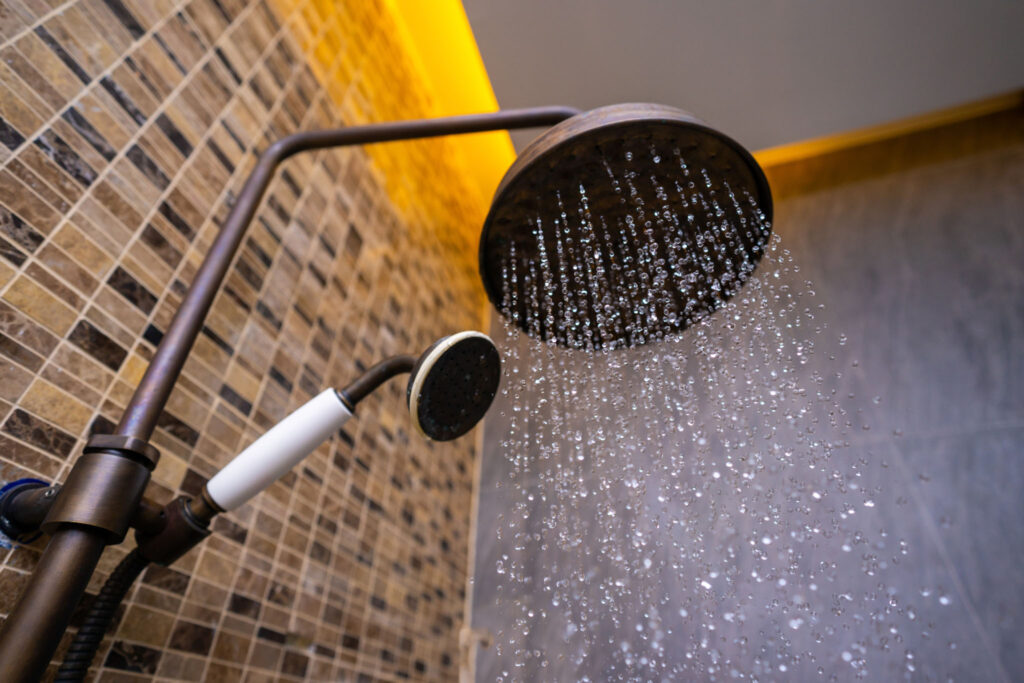
The Ways of Water Warriors
- Like in the kitchen, if you frequently let the tap run while the water cools or warms up for your needs, keep a bowl to catch this water to reuse some other time.
- The same goes in the shower – use a bucket of five to ten gallons to catch the water as the water temperature warms enough for your liking. Reuse this water elsewhere; it’s drinkable, clean water!
- Try a submarine shower! Turn off the water when lathering, scrubbing or shaving. Turn it back on to rinse.
- If it’s yellow, let it mellow; if it’s brown, flush it down. This can save many flushes per day and drastically reduce water consumption!
- Install a bidet seat or attachment – one roll of toilet paper requires 37 gallons of water to produce vs 1/8 gallon per bidet use.
Replace or Retrofit
As with your kitchen appliances, it is only sustainable to replace your bathroom showerheads, faucets, or toilet once it is needed! Repairing appliances and using water conservation techniques and retrofits instead until it’s time.
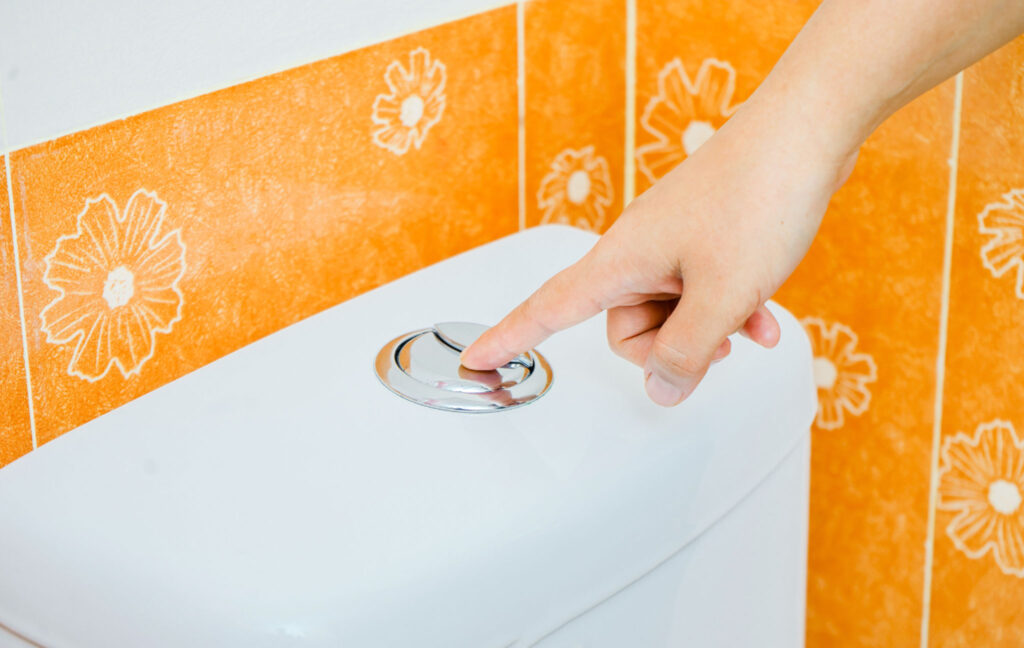
- Retrofit your toilet tank if it isn’t already dual flush or a low-flow toilet.
- Install dual flush toilets in your home when it’s time. Or, if you’re a water warrior, look into composting toilet options.
- When it’s time, install water-saving showerheads. Traditional shower heads made before 1992 had a flow rate of 5-8 gallons per minute! The low-flow showerhead determined to have the most efficient water pressure now uses around 1.8 gallons of water per minute.
- Replace your sink faucet with a low-flow one when needed.
Conserve Water Outdoors
According to Lowe’s, it can take up to 125 gallons to water 1,000 square feet of lawn! If this doesn’t encourage you to attempt to reduce your water use outside, I don’t know what will. There are many ways to save water in your yard – check out our water-wise gardening tips.
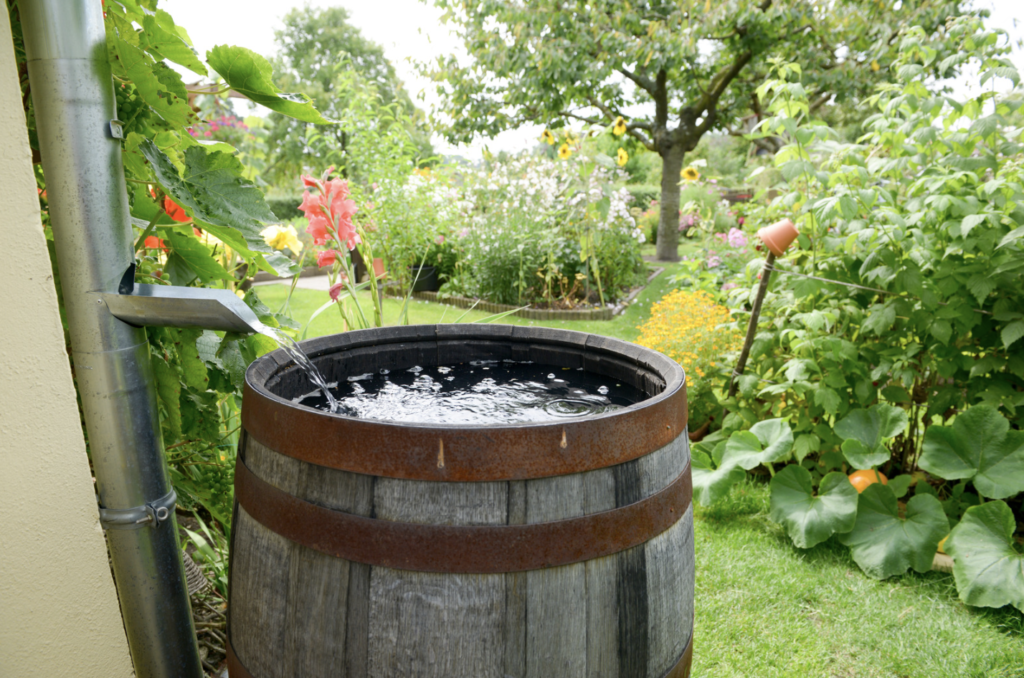
Easy Ways to Save Water
- Get yourself a rain barrel! Harvest rainwater from the roof of your house or garage to use for outdoor watering.
- Avoid watering outdoors in the heat of the day. This will reduce the water lost to evaporation. Lowe’s tells us it can take as little as 10 gallons of water per 1000 square feet on a cool, cloudy day.
- Consider water-efficient landscaping and replacing some of your grass with patio block, pea gravel, or native ground cover that requires little to no watering, like clover.
- Use a broom, not a hose or spray device, to clean driveways and sidewalks.
- Put some mulch around the base of your outdoor plants. This decreases water loss due to evaporation.
The Ways of Water Warriors
- Use the water you caught from the sink, tap or shower to water your flower or vegetable garden and outdoor potted plants.
- Wash your car at home rather than at the drive-thru car wash, which can use up to 80 gallons. Fill a 5-gallon bucket with soapy water (perhaps that shower water you caught?) and use this with a sponge to wash the car. Give it a quick rinse afterwards, and you have saved up to 70 gallons!
- Get rid of all of your traditional grass! There are many other ways to fill your yard – native wildflowers and grasses, a vegetable garden, stone, pea gravel, patio blocks, decking – endless options.
- Add your finished compost to the soil in your gardens – compost helps soil retain moisture and will therefore need to be watered less often.
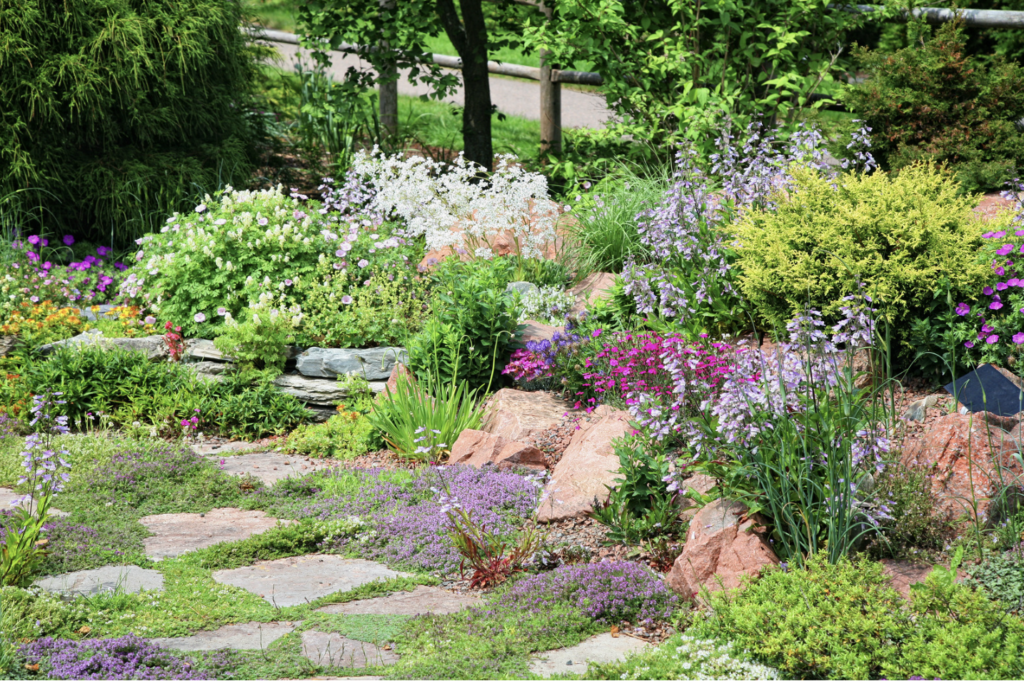
Replace or Retrofit
- Get a low-flow nozzle for your garden hose for those (very) rare occasions you need it.
- Consider a greywater system when renovating or building a new home.
reducing Water use in the rest of the Home
Believe it or not, your water consumption extends to every corner of your home. Here are some other ways you can lower your water footprint.
Easy ways to save water
- Check faucets, hoses, and pipes for couplings leaks often. One consistent small drip of water every two seconds from a leak can add up to 3 gallons of water per day!
- Use food colouring to help you check your toilet tank flapper for a leak. Put 5-6 drops into your toilet tank and wait half an hour. If the water in your bowl shows any colour, your flapper is leaking!
- Hang up or fold your clothes to put them away properly. Tossing them on a chair or the floor will inevitably lead to doing more laundry as you’ll be unsure what’s dirty and what is not.
- Hang bath towels so they dry properly, encouraging you to use them multiple times before washing.
- Use an eco-friendly, natural detergent and fabric softener to avoid releasing chemicals into our waterways.
- Set the water level on the washing machine to the appropriate level to match the load. Choose the eco-wash option if available on your machine. *energy-saving tip – use cold water in the washing machine!
- Eat less meat. Meat and dairy products require more water to produce than other food groups.
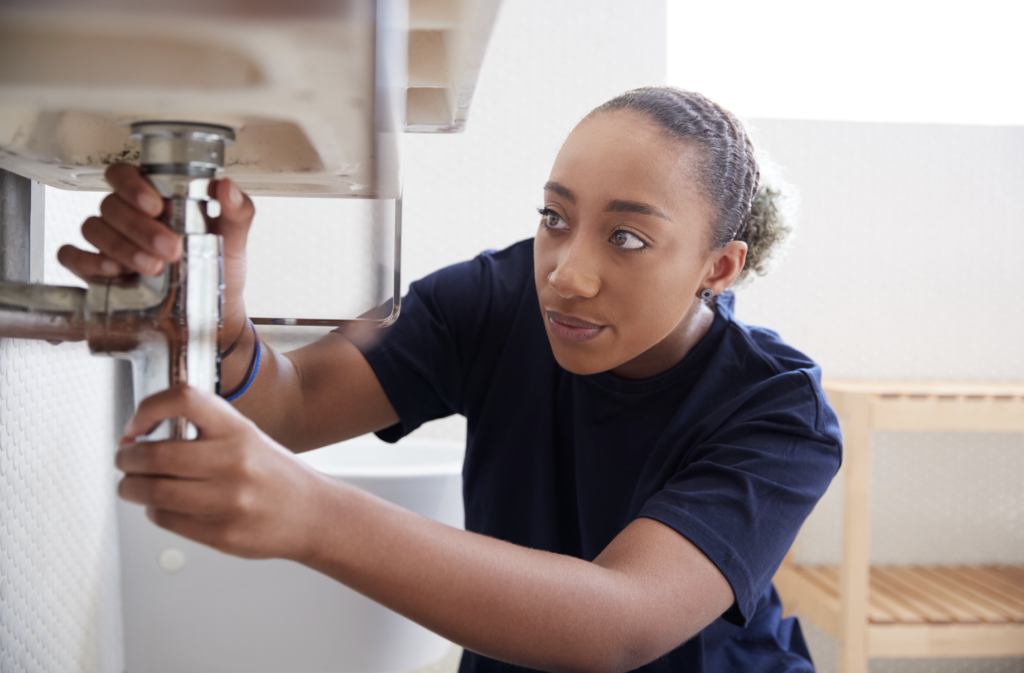
The Ways of Water Warriors
- If you’re serious about using less water, you’ll learn about hidden (indirect) water use. All products found in your home require water to produce.
- Buy only what you truly need, and opt for foods, materials, and other items that use less water to create, grow, or manufacture.
- Carpool, ride the bus or your bike, or walk/run to work. Oil requires water to extract too!
*A challenge: re-evaluate how often you need to wash your clothing. My rule is that if it doesn’t stink or have visible dirt or stains, it’s good to go! Note – in my opinion, workout clothing can stink and still be worn multiple times – it’s just going to get sweaty again anyway. “Rethinking” is one of the most important aspects of the 10 Rs of sustainability.
Replace or Retrofit
- When needed, purchase a water-efficient washing machine.
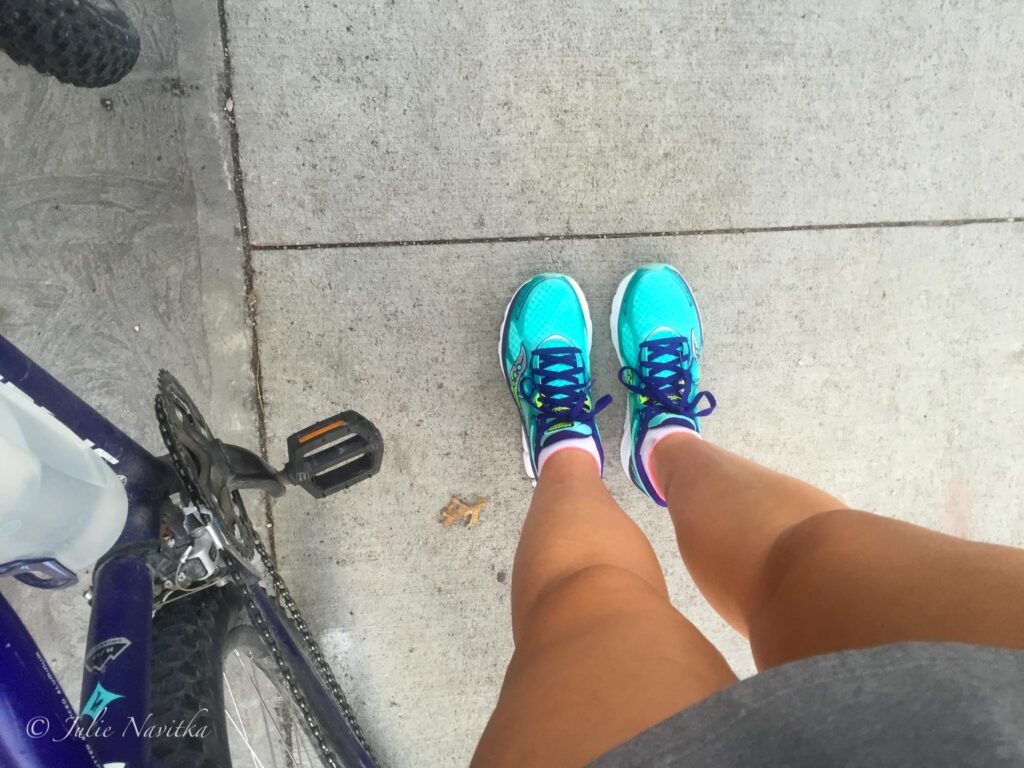
Final Thoughts about reducing water use at home
Whether you’re choosing to start conserving water for the environment or to save money on your water bill, your efforts do add up to make a difference! Even if you start by making minor changes or are ready to level up to water warrior status, we must all do our part for water stewardship. Keep in mind that water conservation also includes protecting the quality of our waterways. Limiting the use of chemicals in our homes, and properly disposing of beauty products, electronics and hazardous materials is essential too!
Don’t forget that every journey begins with just one step, and your trek to saving water is no different.

